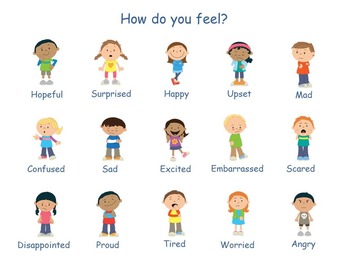

indicative moodIf I were you, I would buy a new car. However, while conditional clauses in the indicative mood are used to refer to actions or situations that are possible or likely, conditional clauses in the subjunctive mood refer to situations that are impossible or unlikely. The subjunctive mood is sometimes confused with conditional sentences in the indicative mood because both commonly use dependent “if” clauses (conditional clauses) and refer to hypothetical situations. Example: Past subjunctive and modal verbsIf I were a millionaire, I would set up a charitable organization. When the past subjunctive form is used in an “if” clause, the main clause usually contains a modal verb (normally “would,” but sometimes “should,” “might,” or “could”). Examples: The past subjunctiveKarla acts as if she were famous.

All other verbs in the past subjunctive form are identical to their simple past tense forms (e.g., “I won”). The past subjunctive form of the verb “be” is “were,” regardless of the subject (e.g., “I were,” “he were,” “she were”). A subordinate clause in the subjunctive mood (usually beginning with “that,” “if” or “as if”).A main clause in the indicative mood (often containing the verb “wish”).Sentences in the past subjunctive mood contain two clauses: The past subjunctive is typically used to refer to past or present actions or situations.
#3 spanish moods for free
Use the best grammar checker available to check for common mistakes in your text.įix mistakes for free The past subjunctive The artist asks that you not touch the paintings. Examples: Negative present subjunctivesIt’s vital that we not miss our flight. Negative constructions using the present subjunctive are formed by adding the adverb “not” before the subjunctive verb.

NoteWhen the subject of a subjunctive verb is a personal pronoun, it’s always a subject pronoun (e.g., “I,” “he,” “she,” “we”). Examples: The present subjunctiveThe doctor suggested that she rest. Instead, they take the infinitive form for all persons (e.g., “be,” “eat,” “sing”). Verbs in the present subjunctive do not follow subject-verb agreement.



 0 kommentar(er)
0 kommentar(er)
